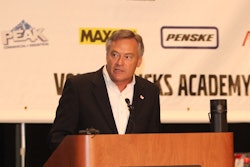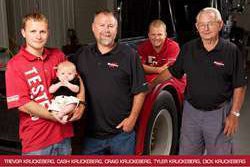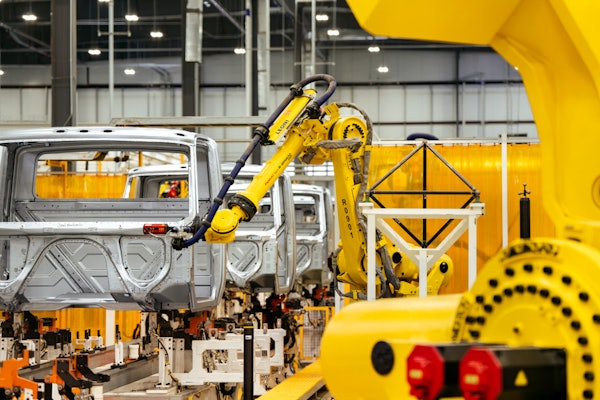There is an interesting dynamic developing in the North American economy, both at the consumer level and in business-to-business marketing. Chinese goods are flooding most markets. And our customers have become terminally spoiled. Note, however, that these are two entirely different stories.
There really are no under served markets left in the NAFTA sphere, which covers the most powerful economic bloc in the history of man. Sure we have problems of wealth distribution and competitiveness with other economic forces (most notably Asia and New Europe). But most of the current economic imbalance is temporary.
For instance, China will have to address its major pollution problems, not to please some artificial construct like the Kyoto Accord, but because they are literally killing themselves.
The New York Times recently released a chilling profile on a river system in northeast China that now provides dangerously polluted (some actually poisonous) water to over 150 million citizens — roughly the equivalent of poisoning the entire Ohio/Mississippi/Missouri river system. It will be tough to continue their violent commercial expansion on this foundation.
According to the Motor & Equipment Manufacturers Association (MEMA), our “developed” country competitors are all paying a manufacturing wage in the $20-$30 range. China will not be able to persist in the $1-2 range if its infrastructure (and air/water) can’t support its workforce.
Pollution is far from China’s only concern. Their domestic and international banking infrastructure didn’t grow smoothly from communist to capitalist overnight. A currency event like last week’s surprise devaluation will eventually have a devastating effect on the Chinese manufacturing machine.
So the Chinese are getting a bad rap! Contrary to the plaintive cries of several suppliers and distributors, product from China is not our biggest market problem. Spoiled customers are.
As is the case in other industries, we can’t give stuff away fast enough. Consumers and companies have never had so many real bargains to choose from. Fly coast to coast for $250, get a marvelous computer setup for $499, buy a new design wheel seal for less than it cost 15 years ago. And get nearly any service or product where and when you want it, 24/7/365 … at no extra charge.
An outfit called the American Customer Satisfaction Index (CSI) has measured the relationship between suppliers and their customers since 1994. Funny thing is, products and services that are so good and cheap have failed to positively improve this index.
“ANN ARBOR, Mich., (June 23, 2015) – Customer satisfaction with goods and services purchased and consumed in the United States suffers a fifth consecutive quarterly decline, sending the American Customer Satisfaction Index (ACSI) to its lowest point since 2006. According to the ACSI, the national level of customer satisfaction is down 0.7 percent to 74.7 on a 100-point scale in the first quarter of 2015 and is off 2.7 percent since peaking in the fourth quarter 2013. The sustained downward trend in aggregate customer satisfaction dampens consumer demand and forecasts continued economic malaise.”
It’s the constantly rising customer expectations bar, sometimes referred to as the FedEx Paradox. When FedEx started the overnight delivery business, it was a flat out pay-any-price miracle. Today, customers want their (very little) money back if the FedEx guy is five minutes late.
Too many marketers continue to confuse great product or service with delighting customers. Customers have come to expect great quality and bottomless pricing. While both are always mentioned in “why do you buy” surveys, neither factor is a necessary indicator of real satisfaction.
In the heavy-duty business, effective people are the only source of customer satisfaction innovation, most of which originates at the local branch level.
The reason Amazon can maintain great CSI is that it institutionalizes its personal customer relationships from the individual customer to whole classes of customer, and fast. It innovates fearlessly and quickly.
While Walmart is always cheap — its customer satisfaction index rating is diving. Even Sam Walton’s brainchild can’t find a way to cut the price fast enough to suit today’s relationship starved consumer. I wonder if Costco’s superior growth isn’t fueled by the fact that their employee turnover is 67 percent less that Walmart’s, thereby providing a much stronger relationship and competent service base.
In the end, distributors are not simply selling product. They are selling ongoing, living relationships with their people. Effective people are the only point of differentiation left in the truck parts market. Isn’t it then the most logical choice for increased investment?
Every dollar spent on employee competence creates effectiveness that is nearly impossible for a competitor to duplicate. This is the very definition of sustainable competitive advantage.
And it has nothing to do with products from China.











